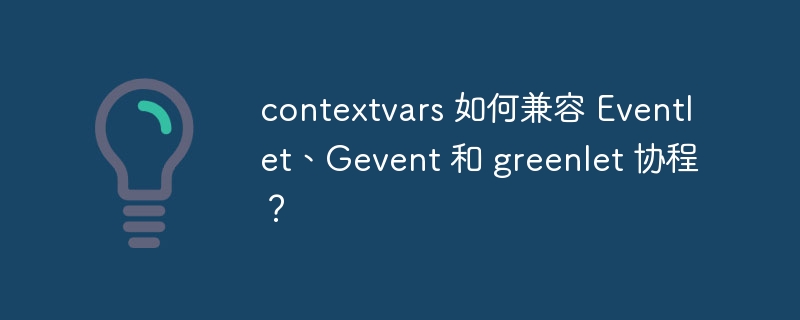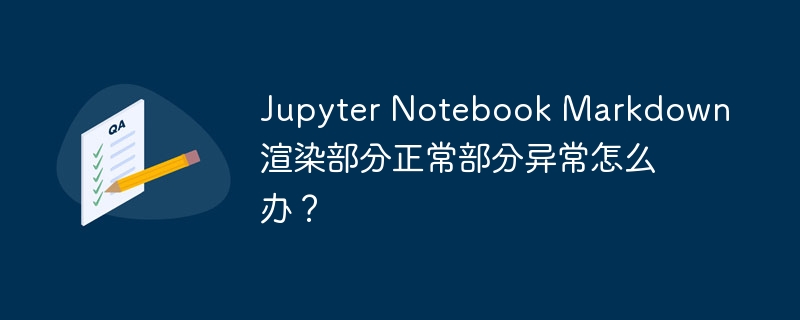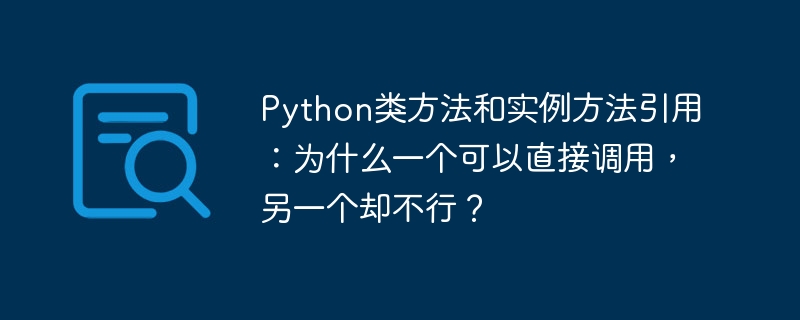创新行为式验证,轻松一滑完成拼图,体验极佳,秒速通过验证。简洁高效,在保障用户极致体验的同时,抵御机器风险。适用于追求用户体验的场景。
# 生成背景图
basemap1 = Image.open(bg).convert("RGBA") # 背景图
if basemap1.size != size: # 需要裁切或拉伸
basemap1 = Graphics.crop(basemap1, size[0], size[1])
puzzle1 = Image.open(url_absolute(img)).convert("RGBA") # 方块图,蒙板
# 旋转角度
if rotate == 2:
angle = randint(0, 360)
elif rotate == 1:
angle = choice([0, 90, 180, 270])
else:
angle = 0
# angle = 45
if angle: puzzle1 = puzzle1.rotate(angle, resample=Image.Resampling.BILINEAR)
puzzle1.putalpha(ImageEnhance.Brightness(puzzle1.split()[3]).enhance(alpha)) # 设置透明度,0-1之间
# 产生随机位置
img_size = puzzle1.size # 滑动图片尺寸
spacing = 0 # 滑动图片在底图位置四周间距,暂时使用0,小图片中的图案本身有20px边距
# 随机位置
x = randint(img_size[0] + spacing, size[0] - img_size[0] - spacing)
y = randint(spacing, size[1] - img_size[1] - spacing)
basemap1.paste(puzzle1, (x, y), puzzle1) # 拷贝
# 方块滑动图
# basemap2 = Image.open(url_absolute(bg)).convert("RGBA")
basemap2 = Image.open(bg).convert("RGBA")
if basemap2.size != size: # 需要裁切或拉伸
basemap2 = Graphics.crop(basemap2, size[0], size[1])
puzzle2 = Image.open(url_absolute(img)).convert("RGBA")
if angle: puzzle2 = puzzle2.rotate(angle, resample=Image.Resampling.BILINEAR) # 旋转
basemap2 = basemap2.crop((x, y, x + img_size[0], y + img_size[1])) # 裁切
puzzle2.paste(basemap2, (0, 0), puzzle2)
# 替换成长条形滑动块
strip = Image.new('RGBA', (img_size[0], size[1]), (255, 255, 255, 0))
strip.paste(puzzle2, (0, y), puzzle2) # 拷贝顺序点击图中文字,全新行为验证,安全性极高,保障验证安全。提高机器识别难度的同时,保证真实用户可读。适用于安全要求较高的业务场景。
def random_character(self, length=None, type=[0, 1, 2, 3], repeat=False):
"""
生成随机字符
:param length: 生成的字符长度,几个字符
:param type: [0] 数字,[1] 大写字母,[2]小写字母,[3] 特殊字符
:param repeat: 是否允许重复字符
:return [("A", 1, "大写字母"), ("8", 0, "数字"), ("a", 2, "小写字母"), ("", 3, "高跟鞋") ...]
"""
if length is None: length = self.str_count
# length = 10
# type = [0]
string = "".join(dict([(key, {
0: "2345678923456789",
1: "ABCDEFGHJKLMNQRTY",
2: "abcdefghijkmnqrty",
3: "",
}[key]) for key in type]).values())
r = []
for i in range(length):
if repeat: # 允许重复
s = choice(string)
t = Inference.char_type(s)
r.append((s, t[0], t[1]))
else:
anti = 0 # 防止死循环,尝试一定次数后允许字符重复
while True:
anti += 1
s = choice(string)
t = Inference.char_type(s)
st = "".join([it[0] for it in r])
if s not in st or anti > 30:
r.append((s, t[0], t[1]))
break
# 替换 n 个字母为图形字符
if 3 in type:
index = sample([i for i in range(length)], randint(0, length)) # 随机一组索引值:[0, 3, 1]
icon_char = sample(self.icon_str, len(index)) # 随机取出 n 组特殊字符
x = 0
for i in index:
# r = Inference.char_replace(r, i, icon_char[x][1])
r[i] = (icon_char[x][1], 3, icon_char[x][2])
x += 1
return r根据中文语义,按顺序依次点击图中文字,语义理解能力结合行为轨迹。适用于安全要求较高的业务场景。
下面举例说说的干扰点与干扰线的制作:
# 噪线 for i in range(line_count): x1 = randint(0, size[0]) x2 = randint(0, size[0]) y1 = randint(0, size[1]) y2 = randint(0, size[1]) draw.line((x1, y1, x2, y2), fill=Word.get_random_color()) # 噪点 for i in range(point_count): draw.point([randint(0, size[0]), randint(0, size[1])], fill=Word.get_random_color()) x = randint(0, size[0]) y = randint(0, size[1]) draw.arc((x, y, x + 4, y + 4), 0, 90, fill=Word.get_random_color())
点击与其它字符不同字体的文字,用户仅需一次点击,即可进行安全验证。适用于安全要求超高的业务场景。
# 字体识别
if type in (10, 11, 12): # 789生成成语/固定字符
str_count = 1
str_inter = numeric(str_inter, 2, 20) # 干扰字符不能少于2
v_font = sample(ttf, 2) # 随机选出两种字体
string = []
for i in range(str_count + str_inter):
if type in (10, 11, 12): # 字体识别,只使用两种字体
font_file = v_font[0] if i == 0 else v_font[1]
else: # 随机字体
font_file = choice(ttf)
font = ImageFont.truetype(url_absolute(font_file), size=font_size)
# 成语/使用固定字符,前n个字符使用成语字符
random_char = idiom[i:i+1] if idiom else ""
# 随机字符串及补充固定字符时追加干扰字符
if random_char == "":
head = randint(0xb0, 0xf7)
body = randint(0xa1, 0xfe)
random_char = bytes.fromhex(f'{head:x} {body:x}').decode("gb18030")
# print(random_char, font_file)
# 随机位置
anti = 0 # 防止字体设置过大或者图片设置过小,导致死循环,尝试一定次数后允许字符重叠
while True: # 防止文字重叠
anti += 1
x = randint(0, size[0] - font_size)
y = randint(0, size[1] - font_size)
find = True
for s in string:
if abs(x - s[1]) < font_size and abs(y - s[2]) < font_size:
find = False
break
if find or not string or anti > 20: break
# 创建文字图片,可旋转
str_bg = Image.new("RGBA", (font_size, font_size), (255, 255, 255, 0)) # 文字用空白图层
str_draw = ImageDraw.Draw(str_bg)
str_draw.text((0, 0), random_char, Word.get_random_color(), font=font) # 添加文字
angle = randint(-75, 75) if rotate else 0 # 是否随机角度
str_bg = str_bg.rotate(angle, resample=Image.Resampling.BILINEAR, expand=0) # 随机旋转
basemap.paste(str_bg, (x, y), str_bg) # 图片与文字合并
# 保存随机字符及位置
string.append([random_char, x, y, -angle]) # 字符、x、y、角度(正负转换,转用CSS顺时针旋转形式)根据提示,点击对应的元素。逻辑解题能力结合图形符号等元素识别能力。适用于安全要求超高的业务场景。
下面举例几种验证方式:
def send_color2differ(self):
""" 请点击一个颜色不一样的字符 """
color = self.color_name(2) # 获取 2 组带中文名称的颜色 [('蓝色', '#0000FF'), ]
data = []
for i in range(self.str_count):
# data/在图片上生成的数据
data.append({
"str": self.string[i][0], # 字符内容
"X": self.coord[i][0], # x 位置
"Y": self.coord[i][1], # y 位置
"color": color[0][1] if i == 0 else color[1][1],
"angle": self.angle[i],
"icon": True if self.string[i][1] == 3 else False, # 是否为图形字符
})
# hint/操作说明文字
hint = f'请点击一个 <i>颜色不一样</i> 的 <i>{self.string[0][2]}</i>'
str = [(data[0]["str"], data[0]["X"], data[0]["Y"], data[0]["angle"]), ]
return {"data": data, "str": str, "hint": hint}
def send_color2capital(self):
""" 请点击蓝色字母对应的大写 """
direc = choice([1, 2]) # 随机一种方式,大写 to 小写/小写 to 大写
color = self.color_name() # 获取 n 组带中文名称的颜色 [('蓝色', '#0000FF'), ]
self.string = self.random_character(type=[direc])
data = []
for i in range(self.str_count):
# data/在图片上生成的数据
data.append({
"str": self.string[i][0], # 字符内容
"X": self.coord[i][0], # x 位置
"Y": self.coord[i][1], # y 位置
"color": color[i][1],
"angle": self.angle[i],
"icon": True if self.string[i][1] == 3 else False, # 是否为图形字符
})
data[0]["str"] = data[1]["str"].swapcase()
# hint/操作说明文字
hint = f'请点击 <i>{color[0][0]}字母</i> 对应的 <i>{"大写" if direc == 1 else "小写"}</i>'
str = [(data[1]["str"], data[1]["X"], data[1]["Y"], data[1]["angle"]), ]
return {"data": data, "str": str, "hint": hint}





